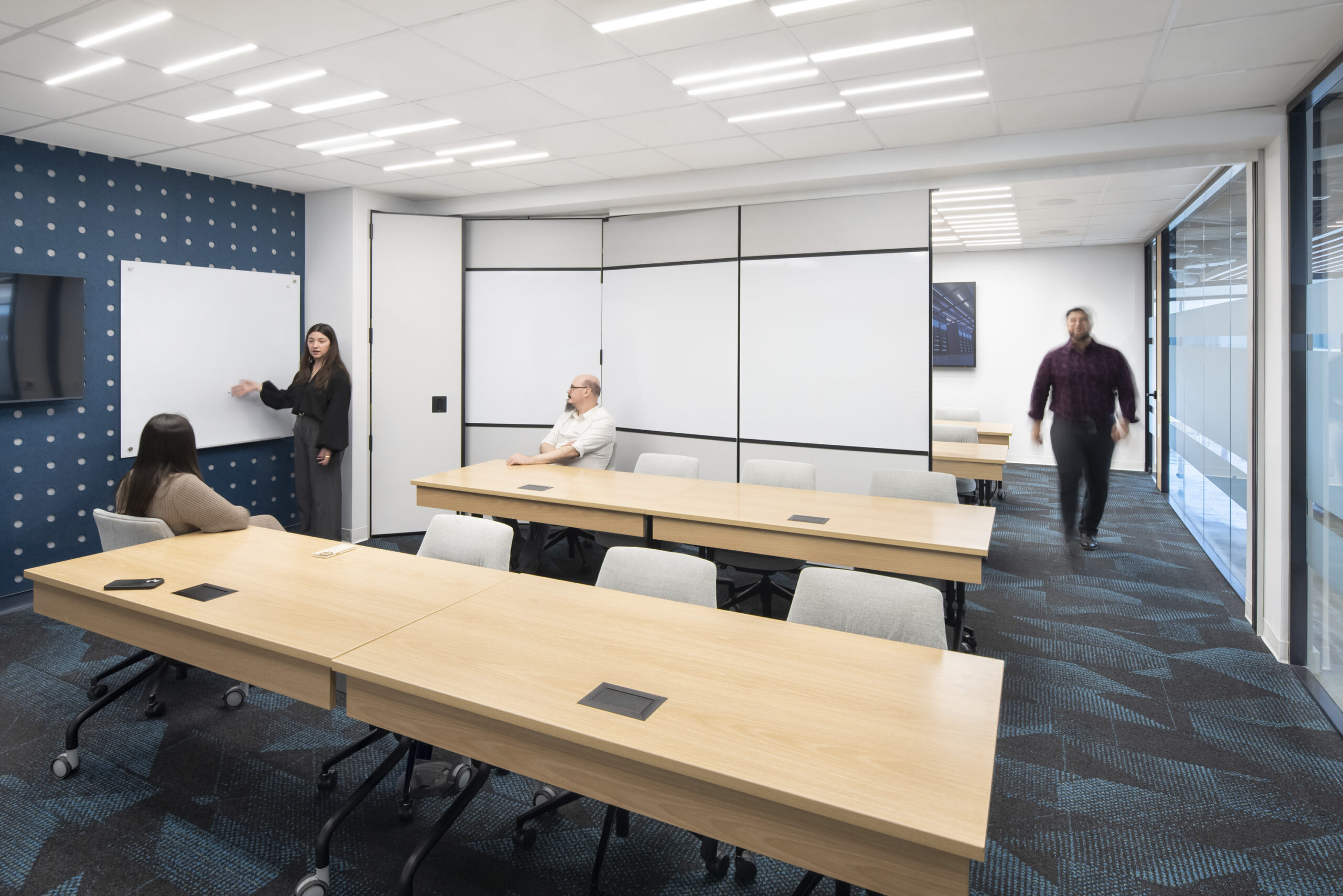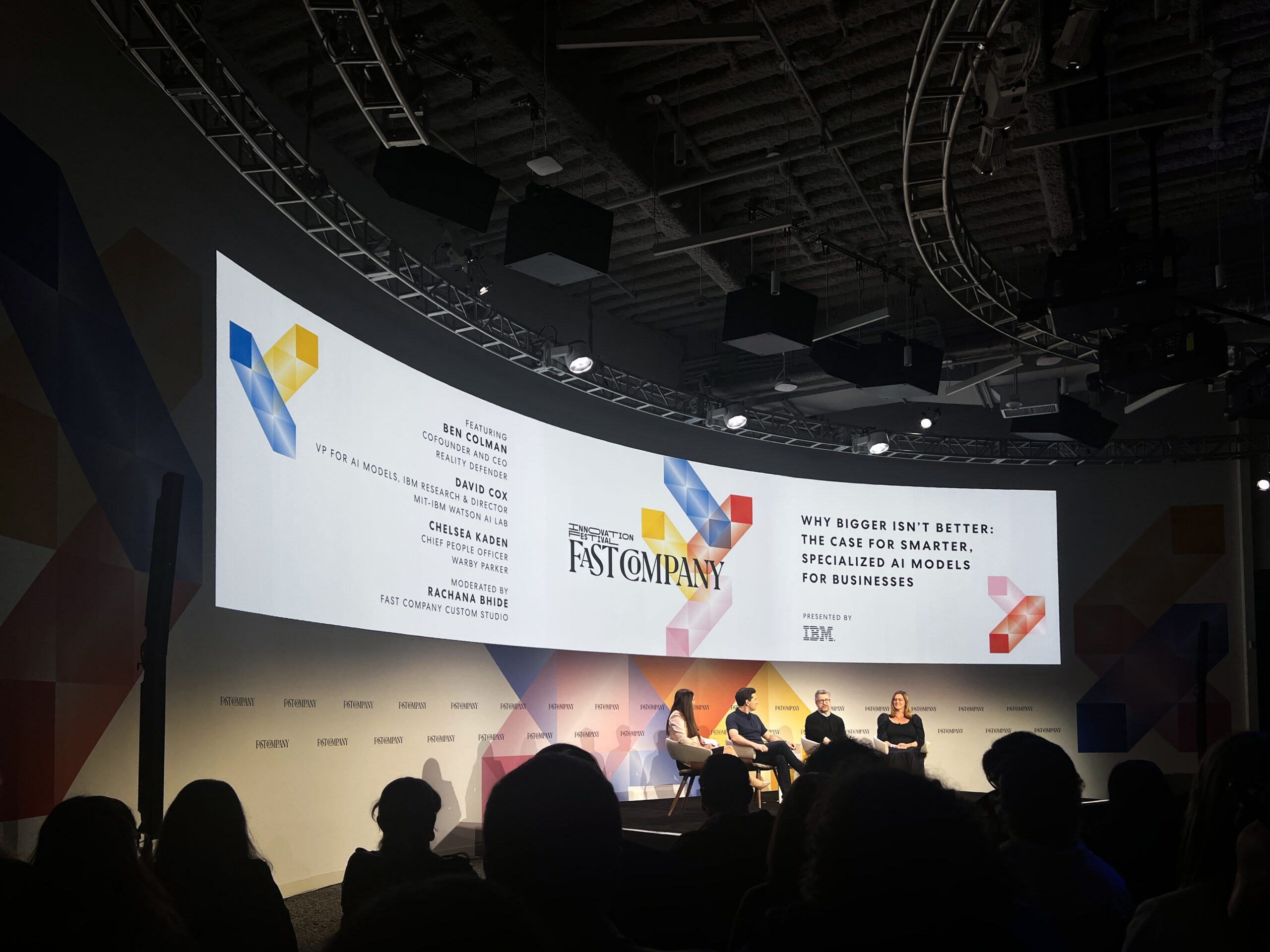Insight
Redefining the Workplace: How Flexible Interior Design is Creating Multi-Purpose Office Spaces

In a world where flexibility is no longer a luxury but a necessity, office interiors are undergoing a transformation. Companies are rethinking how their spaces can serve a broader spectrum of needs—supporting not just work, but collaboration, wellness, and social connection. Thanks to contemporary technologies and adaptable spatial strategies, today’s offices are more dynamic than ever before.
Adaptability at the Core: The Rise of Multi-Functional Spaces
At the heart of this evolution is a shift away from fixed layouts toward environments that respond to change. Whether accommodating a hybrid workforce, hosting community events, or supporting deep focus and spontaneous teamwork, spaces now need to perform multiple roles throughout the day.
One of the most impactful innovations in this realm is movable wall systems. These modular, operable partitions can be reconfigured with ease, allowing companies to expand or contract rooms based on changing needs. With acoustic insulation, writable surfaces, and even embedded tech for AV or digital collaboration, these walls are far more than just dividers—they’re tools for transforming space on demand.
Imagine a large conference room that splits into two huddle areas for breakout sessions, or a lounge that converts into a client-facing presentation zone. With motorized or manual operable walls, these transformations happen seamlessly, often without needing facilities staff to intervene.

Integrated Design and Technology
Technology is also playing a critical role in enhancing the function of these adaptive spaces. Smart sensors and scheduling systems can sync with wall systems, lighting, and HVAC to optimize the environment based on occupancy and purpose. For example, a wall can automatically retract to expand a room if attendance exceeds a set threshold, while lights and temperature adjust accordingly. This integration ensures both energy efficiency and a user-centric experience.
In addition to reconfigurable architecture, designers are incorporating modular furniture systems, mobile storage units, and multi-use fixtures—like acoustic pods that double as phone booths and video conferencing rooms. Materials are chosen for flexibility too: lightweight finishes, tackable surfaces, and sound-dampening textiles support privacy without creating isolation.

A Human-Centered Approach to Office Evolution
Beyond efficiency, these innovations reflect a deeper commitment to supporting the diverse needs of people in the workplace. An office designed with reconfigurability in mind supports inclusivity, wellness, and creativity—giving employees greater control over how they interact with their environment.
By investing in flexible interiors and emerging design technologies, organizations are not just future-proofing their workplaces—they’re creating spaces that can evolve with culture, work styles, and the needs of tomorrow’s workforce.

Conclusion
The future of office design is fluid. With movable walls, integrated systems, and adaptable furniture, companies are no longer confined to static, one-size-fits-all environments. Instead, they can offer dynamic, purpose-driven spaces that foster connection, productivity, and well-being—all within a single footprint.
As we continue to embrace hybrid work and diverse collaboration needs, these multi-functional environments will be key to keeping the workplace both relevant and resilient.


